
From Name planted trees for you, Recipient Name.
See your Tree Certificate attached, and click here
to learn about One Tree Planted's work.
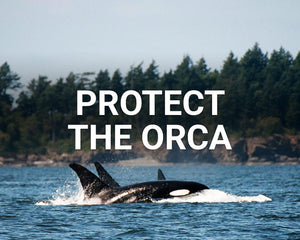
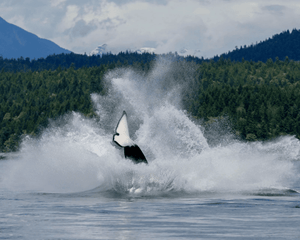
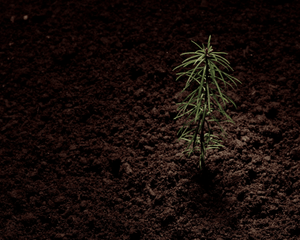
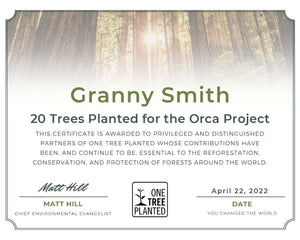
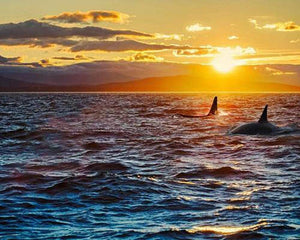
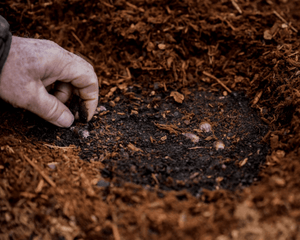
For millennia, the endangered Southern Resident Orca have inhabited the Pacific Ocean from Northern California to British Columbia where salmon numbers continue to decline, impacting the orca. Learn more
With your help, we will:
Looking to plant trees every month? Join The Grove.
For millennia, the endangered Southern Resident Orca have inhabited the Pacific Ocean from Northern California to British Columbia where salmon numbers continue to decline, impacting the orca. Learn more
With your help, we will:





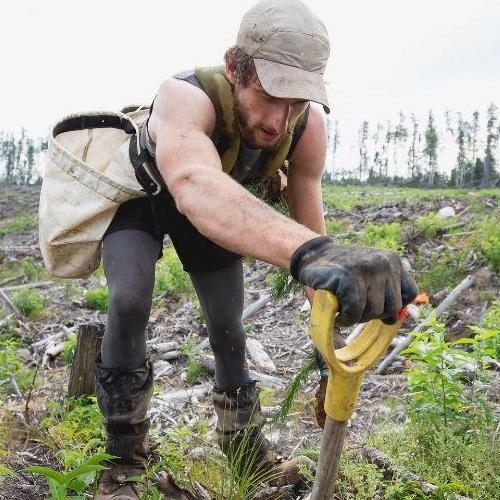
Chinook salmon swim upstream to spawn. Building up the health of the ecosystem around the banks of the rivers ensures there is proper habitat for the fish to reproduce.
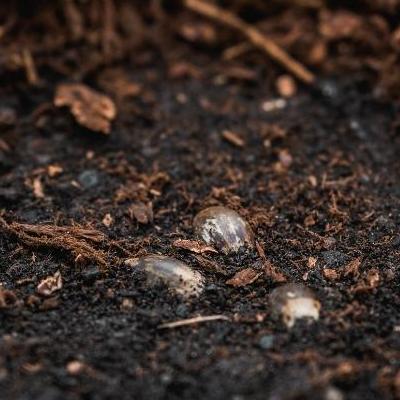
Trees improve soil health by stabilizing the bans, absorbing water, and building stability with their root structures. Ensuring soil is stable and has nutrients is critical to restoring forest health.
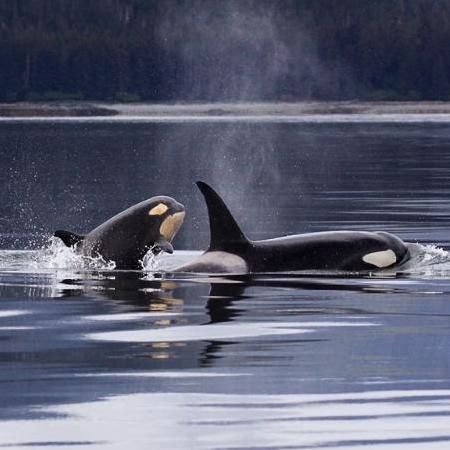
With only 75 individuals left, the Southern Resident Orcas are at their lowest numbers in over 30 years. Tree planting protects their primary food source and reduces habitat contamination.